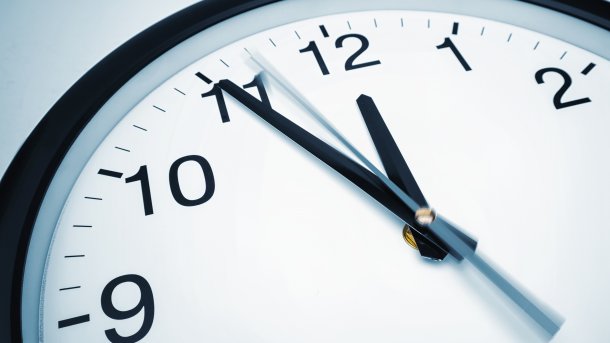New method may make more precise and portable atomic clocks possible
At the Niels Bohr Institute in Copenhagen, a descendant of its namesake has devised a method to enhance the precision of top atomic clocks.

(Bild: r.classen/Shutterstock.com)
The great-grandson of Nobel Prize-winning physicist Niels Bohr has developed a method to make atomic clocks significantly more accurate than previously possible. This has been made public by the University of Copenhagen, where a research group led by Eliot Bohr has developed the proposal at the Niels Bohr Institute. If the approach proves to be viable, the need to heat the atoms during the measurement, which reduces precision, could be eliminated. This could increase the accuracy of satellite navigation systems such as GPS or Galileo and enable the development of a new generation of smaller, portable atomic clocks, the team believes.
As the team explains, the most accurate atomic clocks today are based on strontium atoms that are caught in an extremely cold magneto-optical trap and then examined with a laser. These determine their oscillation, from which the precise progression of time can be read. However, this means that the atoms are constantly reheated, which is why new ones have to be constantly added. To get around this, the team makes use of a quantum mechanical effect in which entangled atoms emit light together under certain circumstances. With the help of two mirrors, it should be possible to read out the oscillations precisely, whereby the atoms would only have to be heated "minimally".
Bohr and his team present the method in the journal Nature Communications. There they write that it is an innovative approach to reading the atomic state, which is characterized by its speed and simplicity. This could be of practical importance not only for GPS & Co., where delays of just microseconds could result in deviations of 100 meters in position information. More precise atomic clocks could also have significant consequences in space travel, especially when it comes to devices that are moving further and further away from the earth and our precision instruments. The team also believes that more accurate atomic clocks could prove useful for predicting volcanic eruptions and earthquakes.
(mho)